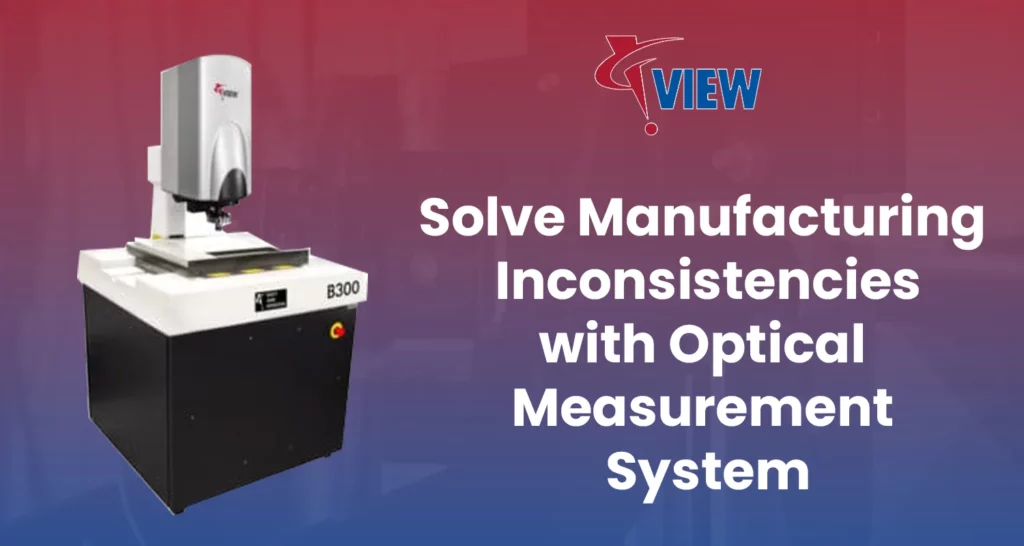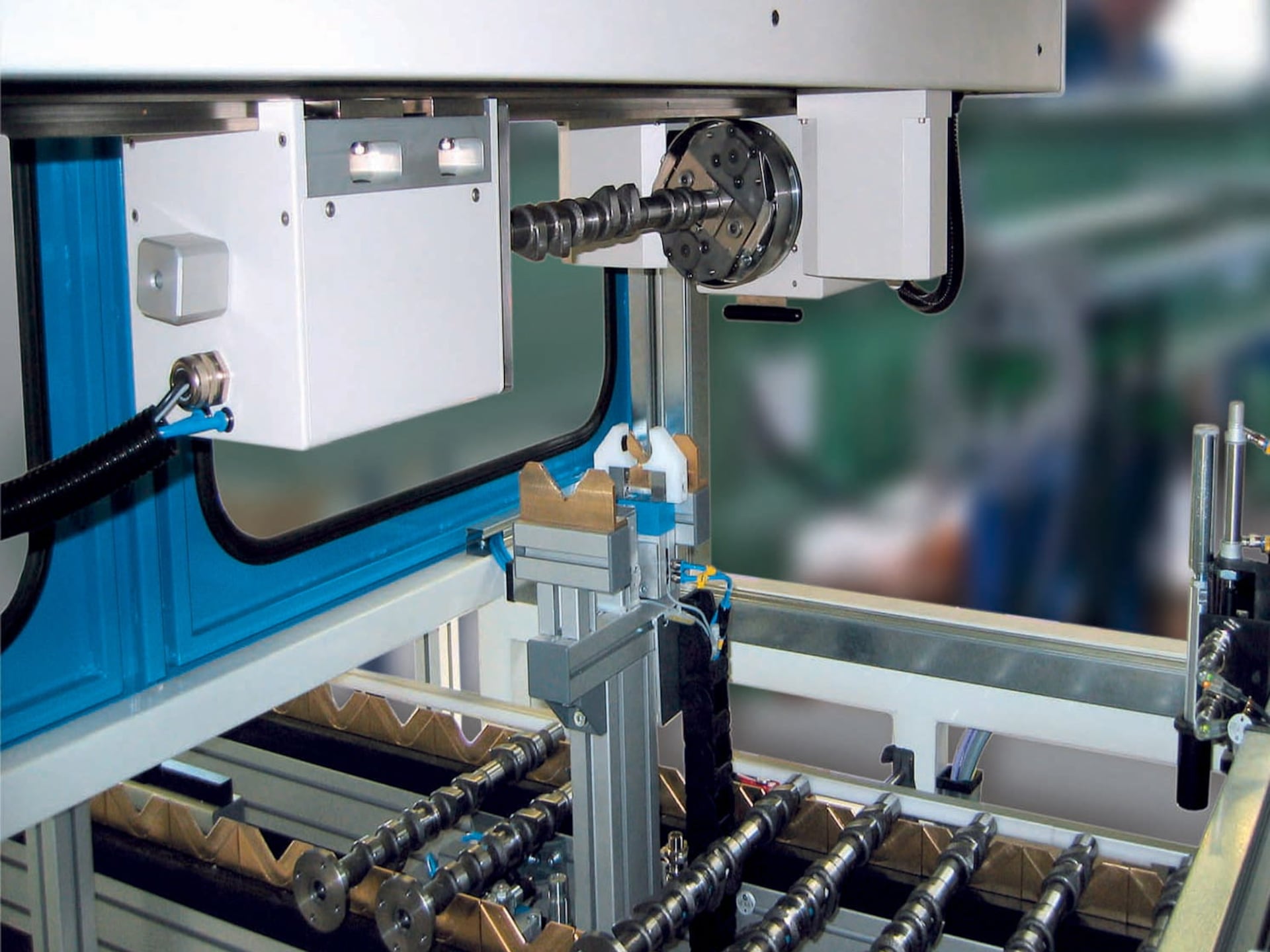Interferometry in optical measurement systems: Which technology fits your production line?
Interferometry in optical measurement systems: Which technology fits your production line?
Blog Article
The Duty of Optical Dimension Systems beforehand Metrology Techniques
Optical measurement systems have changed metrology, bringing a degree of precision that was once unbelievable. As you check out further, you'll find exactly how these systems are forming the future of measurement and top quality control.
The Development of Metrology: A Historic Perspective
As you discover the history of assessment, you'll discover that its advancement mirrors humankind's pursuit for precision and standardization. From old human beings using body components as devices of measurement to the growth of standardized weights and procedures, each action shows our wish for precision. The Egyptians built the pyramids utilizing exact measurements, while the Romans progressed design with their sophisticated measuring tools.
Throughout the Renaissance, scientific developments shifted the focus towards extra empirical methods, leading the way for modern metrology. The introduction of the statistics system in the late 18th century noted a considerable milestone, establishing global criteria. Throughout the 20th century, technical advancements even more transformed width, enabling highly precise measurements in numerous areas.
Today, metrology remains to develop, incorporating electronic modern technology and automation. This history highlights not simply the importance of measurement however likewise our ruthless search of improving precision and uniformity in our significantly complex world.
Principles of Optical Dimension Equipments
Understanding the principles behind optical dimension systems is crucial for precise outcomes in metrology. You'll intend to take into consideration essential optical concepts, measurement precision variables, and reliable system calibration strategies. Each of these components plays an important duty in guaranteeing your measurements are reliable and specific.
Basic Optical Principles
While discovering optical measurement systems, you'll experience fundamental optical concepts that create the foundation of accurate information acquisition. Light acts in predictable means, and recognizing these actions-- like refraction, reflection, and diffraction-- is important for effective dimensions. You'll make use of lenses and mirrors to control light and concentrate it onto your target, making certain accuracy in your analyses. In addition, the wave nature of light allows for disturbance patterns, which can improve measurement resolution. Polarization can also play a vital duty in distinguishing signal from sound, enhancing the clearness of your results. By understanding these principles, you'll be outfitted to take advantage of optical technologies properly, leading the way for improvements in metrology and guaranteeing your measurements are both repeatable and trusted.
Dimension Accuracy Elements
To accomplish high dimension accuracy in optical systems, several elements come right into play, affecting the reliability of your results. First, the high quality of the optical parts matters greatly. High-grade lenses and detectors minimize aberrations and sound, ensuring your dimensions are specific. Second, ecological problems like temperature level and moisture can influence dimensions, so keeping a secure setting is important. Third, the positioning of the optical system is vital; even minor imbalances can cause substantial mistakes. Ultimately, the wavelength of light utilized effects the resolution and accuracy of your measurements. By addressing these factors, you can boost the total performance of your optical measurement systems, resulting in more accurate and dependable lead to your assessment applications.
System Calibration Strategies
Attaining high measurement accuracy is just component of the formula; appropriate system calibration methods are similarly important in optical dimension systems. Next off, employ known dimensions to validate the system's output and make necessary corrections. With these strategies, you'll boost the integrity of your optical dimension system.
Secret Technologies Behind Optical Measurement
Optical measurement systems depend on several vital innovations that boost precision and effectiveness in metrology. One important technology is interferometry, which uses the disturbance of light waves to determine small variations and surface area abnormalities with extreme accuracy. You'll also find laser scanning systems, which capture thorough 3D information of things swiftly, making them vital for dimensional analysis.
In Addition, CCD and CMOS sensing units play a considerable role in transforming light into electrical signals, permitting high-resolution imaging and exact measurements. Advanced formulas for picture processing additionally improve dimension accuracy by evaluating information in genuine time, filtering out sound and boosting features.
Ultimately, fiber optics give versatility and the ability to gauge in challenging atmospheres while preserving signal honesty. By leveraging these technologies, you can attain premium cause your metrology tasks, ensuring that your measurements are both accurate and reputable.
Applications of Optical Dimension in Sector
As sectors significantly demand precision and performance, the applications of optical measurement systems have ended up being important throughout various industries. In production, these systems help you keep an eye on measurements and resistances in real-time, guaranteeing high quality control without time-consuming manual checks. In the vehicle sector, optical measurements assist in aligning elements with accuracy, enhancing security and performance.
In electronics, you're utilizing optical approaches to check min attributes on circuit boards, discovering issues that can lead to failures. The aerospace industry take advantage of non-destructive testing methods, enabling you to examine products and parts without endangering their honesty.
Optical measurement also plays an essential function in textiles, guaranteeing fabric dimensions fulfill specific requirements. optical measurement system. With their capability to supply high-resolution data rapidly, these systems equip you to make educated decisions, improve processes, and inevitably drive innovation throughout your sector
Enhancing Accuracy and Efficiency in Measurements
When you consider boosting accuracy in measurements, precision in your dimension strategies is necessary. By improving these processes, you can achieve quicker outcomes without compromising quality. Let's discover exactly how adopting sophisticated optical dimension systems can raise both accuracy and effectiveness in your job.
Precision in Measurement Strategies
Precision in dimension methods is important for achieving trusted outcomes in metrology, specifically considering that small discrepancies can bring about considerable errors. By using advanced optical measurement systems, you can improve the accuracy of your dimensions. These systems provide high-resolution data that assist you spot also the smallest variations in dimensions. When you take on these modern technologies, you additional reading reduce unpredictabilities and enhance repeatability in your procedures. Furthermore, exact measurements enable you to keep quality assurance, making certain that products fulfill strict requirements. This not only boosts your reputation yet additionally improves customer satisfaction. Spending in precision measurement devices eventually brings about increased effectiveness, lowered waste, and enhanced production cycles. Accepting these strategies will certainly change your approach to assessment, producing impressive results.
Simplifying Dimension Procedures
To improve accuracy and effectiveness in dimensions, enhancing your measurement processes is important. Begin by embracing optical measurement systems that provide real-time information, reducing the moment invested in hands-on recording. These systems typically integrate perfectly with existing software, permitting you to automate information collection and analysis.
Following, systematize your dimension methods. By executing constant treatments, you decrease variability and improve repeatability. Don't forget to frequently calibrate your tools to assure its accuracy.

The Effect of Optical Dimension on R & D
As scientists undertaking to push the borders of technology, optical dimension systems have actually become crucial tools in the advancement process. These systems give you with precise, real-time data that improves your capacity to assess complicated products and frameworks. In numerous areas, from biotechnology to aerospace, you count on optical measurements to enhance styles and boost item efficiency.

With high-resolution imaging and non-contact approaches, you can decrease example disruption, enabling even more exact outcomes. This capability to catch minute details accelerates your R&D cycle, allowing you repeat layouts promptly and successfully. In addition, optical dimension promotes partnership across self-controls, as the data created is frequently easily interpretable and shareable.
Ultimately, integrating optical measurement systems right into your research study not only improves performance but additionally deepens your understanding of the sensations you research study. By leveraging these sophisticated techniques, you're far better outfitted to introduce and stay in advance in an affordable landscape.
Future Trends in Optical Measurement Equipments
With the fast development of technology, you're likely to see considerable shifts in optical dimension systems that will redefine their application throughout numerous industries. You'll see a step towards boosted automation and assimilation of artificial knowledge, enabling real-time data evaluation and improved precision. Miniaturization is one more fad; portable devices will certainly enable dimensions in tighter rooms, making them suitable for fields like aerospace and biomedical applications.
Anticipate to see systems that can run in tough atmospheres, supplying reliable measurements in extreme conditions. As these modern technologies converge, you'll find that optical measurement systems not only improve accuracy yet additionally streamline workflows, ultimately driving advancement and performance in your tasks.
Regularly Asked Questions
Just How Do Optical Measurement Systems Compare to Standard Dimension Techniques?
Optical dimension systems supply greater accuracy and faster results compared to traditional techniques. You'll find they capture more data points accurately, reducing human mistake and increasing integrity, making them a recommended selection in numerous applications.
What Industries Advantage A Lot Of From Optical Dimension Solutions?
You'll discover markets such as aerospace, vehicle, and electronics benefit most from optical dimension systems. These sectors count on accurate measurements to guarantee top quality and efficiency, boosting performance and minimizing expenses through innovative modern technology.

Are Optical Dimension Solutions Expensive to Execute?
Optical measurement systems can be pricey to execute, but their precision and efficiency often validate the cost. Buying such technology can lead to considerable long-lasting financial savings and enhancements in top quality across numerous applications.
What Skills Are Needed to Run Optical Measurement Solutions?
To run optical measurement systems, you'll require solid analytical skills, focus to detail, and efficiency in software tools. Experience with optics and an understanding of dimension principles will additionally enhance your efficiency and performance.
Exactly How Do Ecological Factors Affect Optical Measurements?
Environmental aspects like air, temperature level, and moisture top quality can misshape optical dimensions. You'll see variations in precision because of light disturbance or refraction. optical measurement. Keeping steady problems is vital for exact and reliable optical measurement results
Conclusion
In summary, optical dimension systems are changing width by providing unrivaled accuracy and effectiveness. As you check out future trends, you'll see how the assimilation of AI read here and automation will proceed to raise dimension methods, driving development and improving top quality control.
Accomplishing high dimension accuracy is just part of the formula; appropriate system calibration methods are equally crucial in optical measurement systems.When you assume about improving accuracy in dimensions, precision in your dimension techniques is essential. By making use of sophisticated optical dimension systems, you can improve the precision of your measurements.To boost accuracy and performance in measurements, enhancing your measurement procedures is important. Just How Do Optical Measurement Equipments Contrast to Traditional Dimension go to this website Techniques?
Report this page